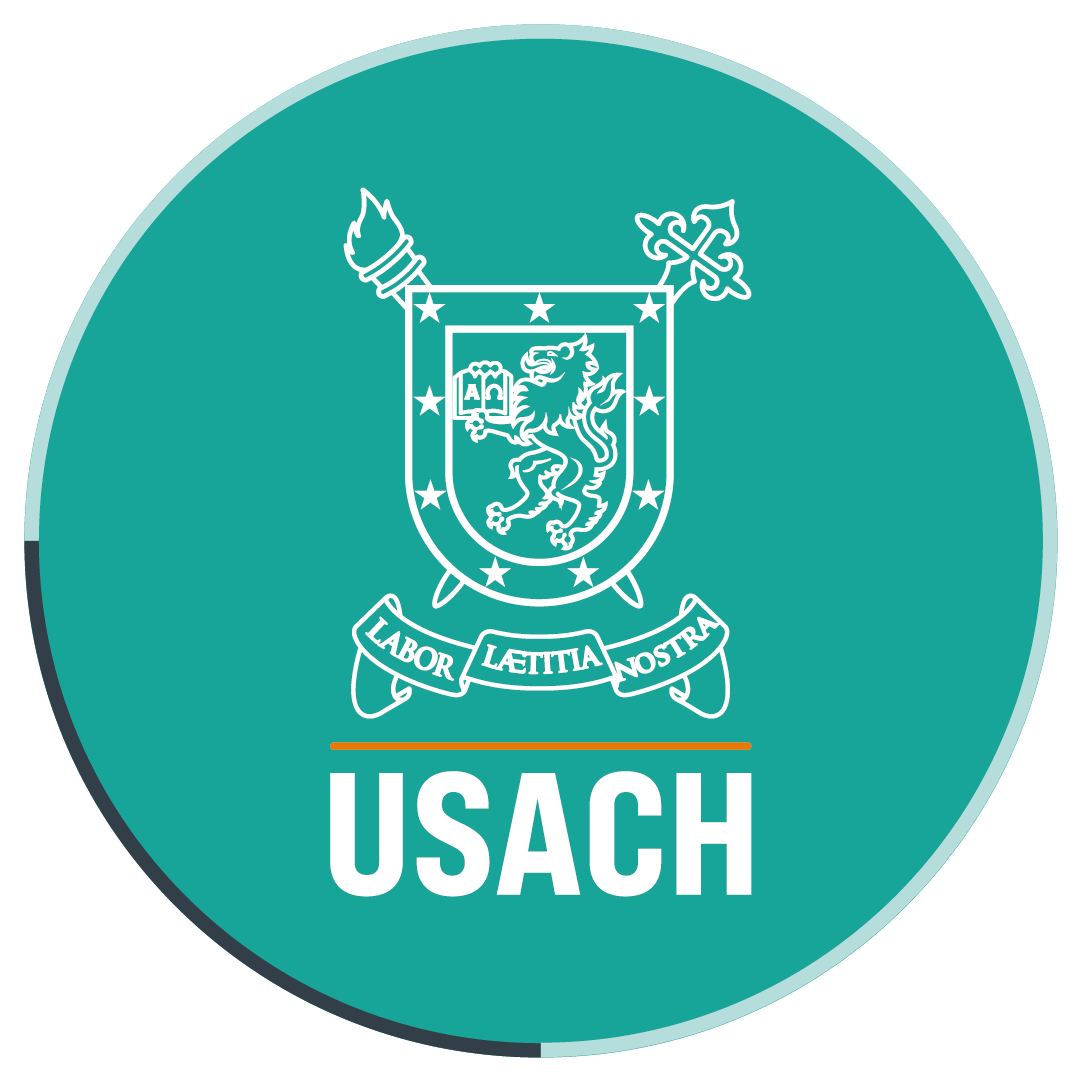- In order to develop more tolerable therapies, a research team at the Faculty of Chemistry and Biology of Universidad de Santiago de Chile studies the use of biodegradable nanoparticles to increase the Adenosine Triphosphate (ATP) circulation time in the body to combat cancer.
In order to develop more tolerable therapies, a research team at the Faculty of Chemistry and Biology of Universidad de Santiago de Chile studies the use of biodegradable nanoparticles to increase the Adenosine Triphosphate (ATP) circulation time in the body to combat cancer.
The study is led by Dr Patricia Díaz, professor at the Faculty of Chemistry and Biology and is being developed in the context of the 2016 Fondecyt Post Doc Project (3160837) "Uso de nanopartículas con circulación prolongada para la administración de ATP en tratamientos anticancerígenos." Dr Díaz and her team will test new nanotechnology-based applications to deliver cancer-fighting drugs into the body.
She explains that any drug delivered in the body for therapeutic purposes requires a circulation time to play its therapeutic role.
Some molecules, like ATP, are quickly degraded, so high constant drug doses are required to be therapeutically effective and this is not beneficial for patients.
“As drugs are encapsulated in nanoparticles, the enzymes that metabolize them cannot bind to them. This is why they are protected against degradation. Consequently, drugs’ half-life is increased, prolonging its therapeutic efficacy,” she explains.
Improved treatments
The advantage of using ATP as a cancer-fighting drug is that it has minor side effects if compared to other drugs. But ATP degrades very quickly when it is recognized by the enzymes in the body. Therefore, different drug administration methods are required, like the use of nanoparticles with biodegradable and biocompatible properties.
“For this reason, we want to encapsulate ATP into biocompatible nanoparticles to increase its half-life. We will also use other strategies to make them invisible to the immune system, so that they can circulate longer. The idea is to prevent them from binding to the cell and to avoid extracellular release of ATP. In this way, we expect to have a higher amount of drug available in the body for a prolonged anti-cancer effect,” she explains.
According to Dr Díaz, the main objective of the study is to test the effectiveness of ATP-carrying nanoparticles in cancer treatment. “I expect to demonstrate that nanoparticle-encapsulated drugs increase their bioavailability when compared with conventional administration methods. Besides, we also expect to analyze the potential synergistic effect of administrating ATP in combination with other drugs frequently used in cancer treatment.”
“This synergistic effect could destroy a higher number of cancer cells, benefiting patients with advanced cancer,” she adds.
Another advantage of this type of treatment is that, as it allows a sustained release of drugs in time, patients could receive the treatment once a week or every two or more weeks, depending on the drug encapsulation capacity and its circulation time,” she concludes.
Dr Juan Pablo García-Huidobro, researcher at the Faculty of Chemistry and Biology, is also participating in the study, which is being conducted at the Pharmacology Laboratory.
Translated by Marcela Contreras



